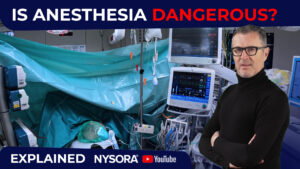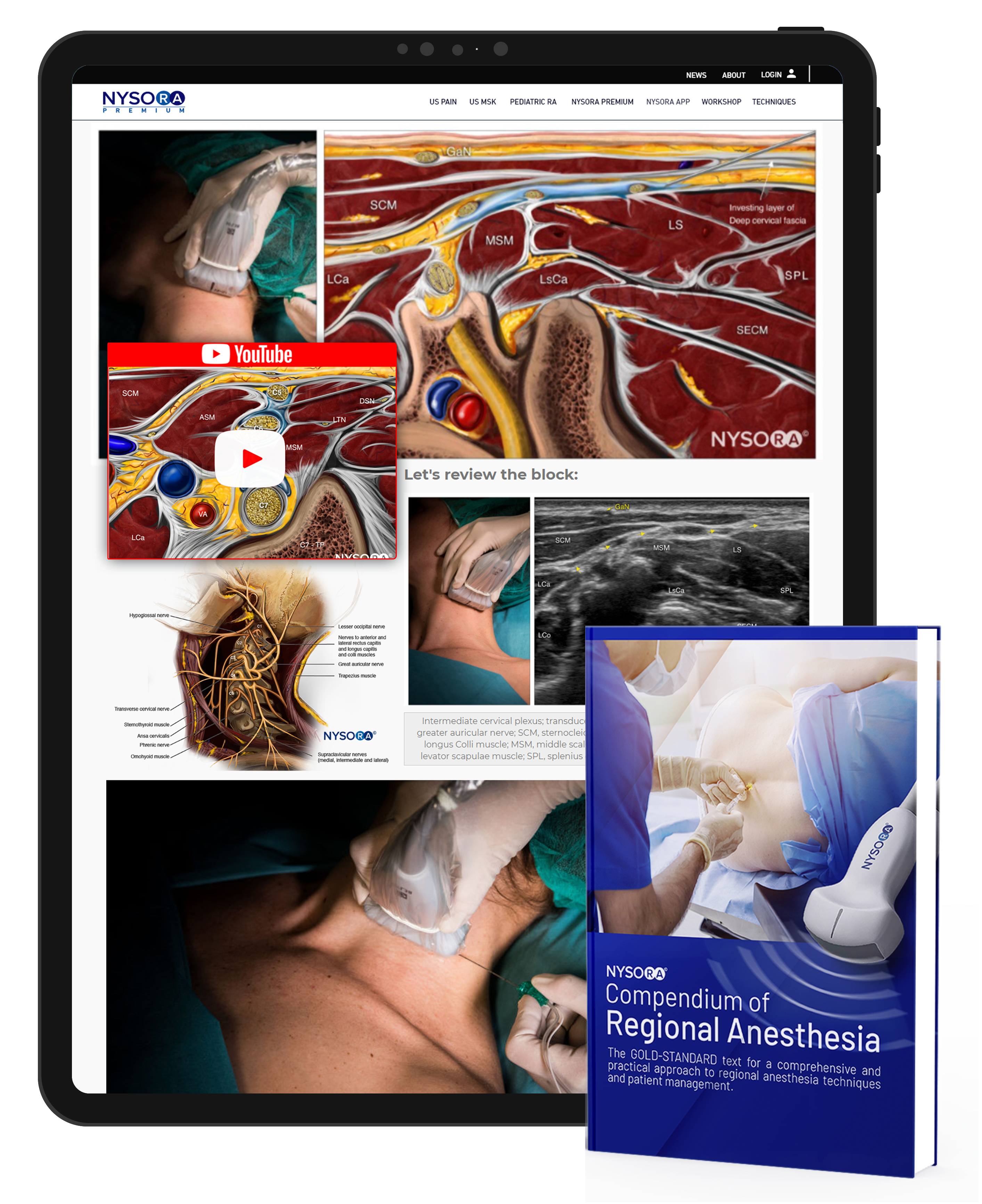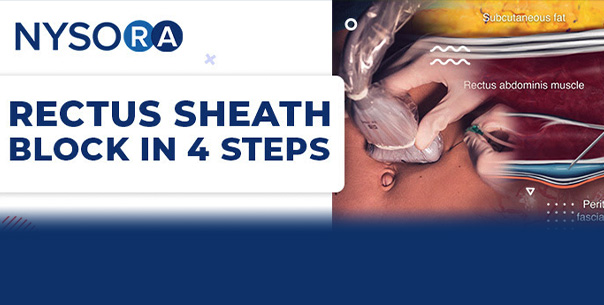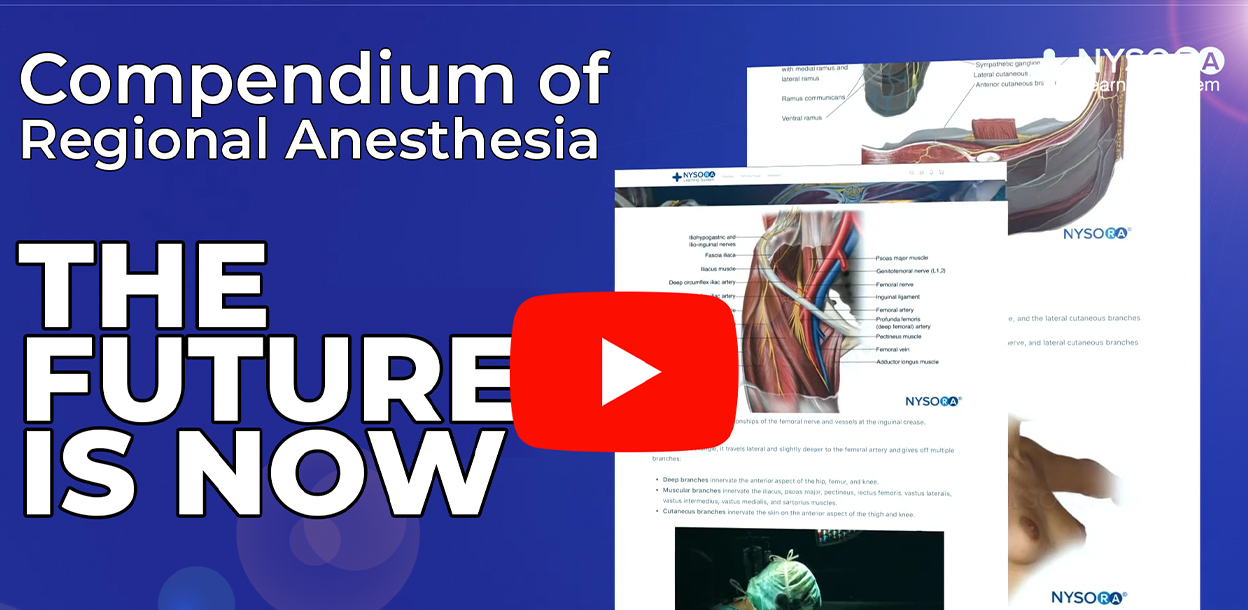The first edition of Basics of Anesthesia, edited by Robert K. Stoelting and Ronald D. Miller, was my first textbook of anesthesia. As an anesthesia resident at the University of California, San Francisco (UCSF), I relied on Basics of Anesthesia to provide concise coverage of fundamental principles and developments in our field. Drs. Stoelting’s and Miller’s co-editorship of the book continued through the fifth edition. The sixth edition, published in 2011 by Dr. Miller and new co-editor, Manuel C. Pardo, Jr., featured a companion website, Expert Consult, that presented the complete text and illustrations in an online format.
This seventh edition of Basics of Anesthesia represents the culmination of Dr. Miller’s 33-year stewardship of the book. We should admire his determined leadership to publish a textbook that offers the anesthesia community an invaluable educational resource reflecting the ever evolving practice of anesthesia. This book is symbolic of Dr. Miller’s uncompromising desire for all anesthesia learners and providers to walk in his path, in “the Pursuit of Excellence,” which was the title of his Rovenstine Lecture at the Annual Meeting of the American Society of Anesthesiology in 2008.
The Basics of Anesthesia continues its tradition of providing updated and concise information for the entire community of anesthesia learners. In this seventh edition, editors Ronald D. Miller and Manuel C. Pardo, Jr., have added four new chapters and rigorously updated all content to reflect evolving developments in the specialty. The editors are pleased to welcome the contribution of more than 30 new authors, mostly from the United States, but also from Japan, Australia, Canada, South Korea, and the United Kingdom. This edition marks the transition to a new lead editor, Manuel C. Pardo, Jr., Professor of Anesthesia and Perioperative Care and Director of the Anesthesia Residency Program at the University of California, San Francisco. Dr. Pardo has worked alongside retiring lead editor, Dr. Miller, to identify emerging trends and chronicle advances in anesthesia care. In this edition the editors have eliminated the History chapter and added four new chapters: Chapter 12, “Anesthetic Neurotoxicity”; Chapter 49, “Palliative Care”; Chapter 50, “Sleep Medicine and Anesthesia”; and Chapter 51, “New Models of Anesthesia Care: Perioperative Medicine, the Perioperative Surgical Home, and Population Health.” The editors elected to provide more in-depth coverage to the prior edition’s chapter on “Trauma, Bioterrorism, and Natural Disasters,” which has been split into two chapters: Chapter 42, “Anesthesia for Trauma,” and Chapter 43, “Human-Induced and Natural Disasters.” Multiple chapters have been restructured to promote clarity and organization of the material. In addition, we have continued to make extensive use of color figures, illustrations, and tables to present concepts in a focused manner. Each chapter has “Questions of the Day,” which are designed to promote reflection on the chapter content. Many questions focus on understanding relevant basic concepts as well as analyzing challenging clinical situations.
Michael A. Gropper, MD, PhD
Professor and Chair
UCSF Department of Anesthesia and
Perioperative Care
—————————————————–
Ronald D. Miller
Manuel C. Pardo, Jr.







